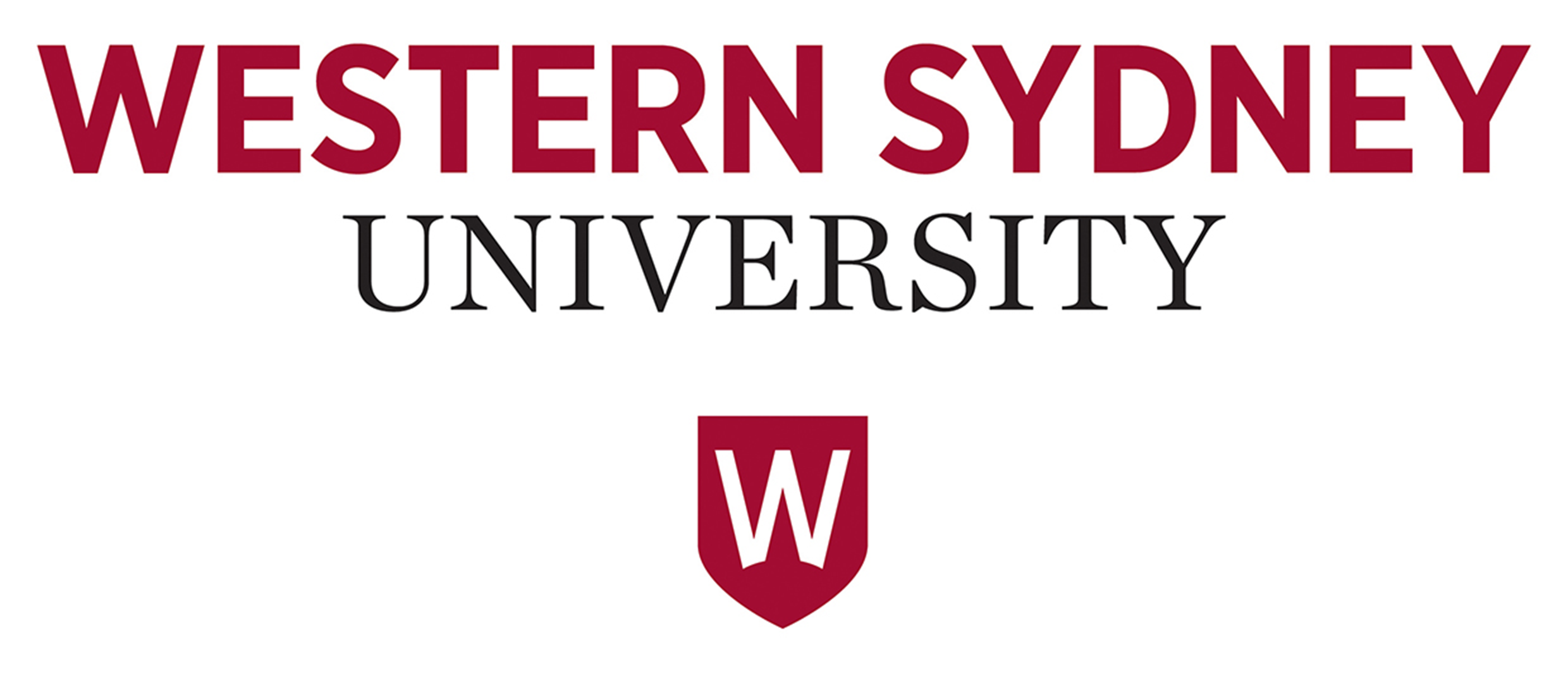Full description
This is the raw data from Mass Spectrometry analysis of spots resolved using two-dimensional analysis from a total protein sample from Tritrichomonas foetus bovine and feline genotypes. The dataset contains data files generated following the analysis of protein spots using LC-MS/MS.
There are two types of data files.
.Wiff files were produced using the following procedure: \n\nLC−MS/MS was performed using a QSTAR Elite hybrid Q-TOF mass spectrometer (Applied Biosystems, Sciex, USA). The peptides were washed off the trap at 300 nL min-1 onto a PicoFrit column (75 μm × 100 mm) (New Objective, USA) packed with Magic C18AQ resin (Michrom Bioresources, USA), and the following protocol was used to elute peptides from the column and into the source of a QSTAR Elite hybrid Q-TOF mass spectrometer (Applied Biosystems, Sciex, USA): 5−30% MS buffer B (98% acetonitrile−0.2% formic acid) over 8 minutes, 30−80% MS buffer B over 3 minutes, 80% MS buffer B for 2 minutes, 80−85% MS buffer B for 3 minutes. MS/MS fragmentation ion scans were calibrated using fragments of Glu-Fibrinopeptide B. MS/MS spectral data was converted to Mascot Generic format using TOF/TOF extractor V2.1 (Michigan Proteome Consortium, 2003).
.raw files were produced using the following procedure:\n\nLC-MS/MS analysis was undertaken using a nanoAcquity UPLC (Waters, USA) coupled to a XevoQToF (Waters, USA) mass spectrometer. The peptides were washed off the trap at 400 nL/min on to a C18 BEH analytical column (75 μm ´ 100 mm)(Waters, USA), packed with 1.7 μm particles of pore size 130 Å and the following protocol was used to elute peptides from the column into the source of a XevoQToF mass spectrometer (Waters, USA): 1-50% MS buffer B (98% acetonitrile, 0.2% formic acid) over 30 minutes, 50-85% MS Buffer B over 2 minutes, 85% MS buffer B 3 minutes, 85-99% over 1 minute. After separation, the peptides were analysed using tandem mass spectrometry, implementing an emitter tip that tapers to 10 µm at 2300 V. A Data Directed Acquisition (DDA) experiment was performed which continuously scanned for peptides of charge state 2+ to 4+ with an intensity of more than 50 counts per second, with a maximum of three ions in any given 3 second scan.
The data can be accessed via the related website listed below.
Created: 2016-01-01
Data time period: 07 03 2014 to 20 03 2014
User Contributed Tags
Login to tag this record with meaningful keywords to make it easier to discover
- Local : research-data.westernsydney.edu.au/published/2dd02c70519411ecb15399911543e199
- Handle : 1959.7/532001



